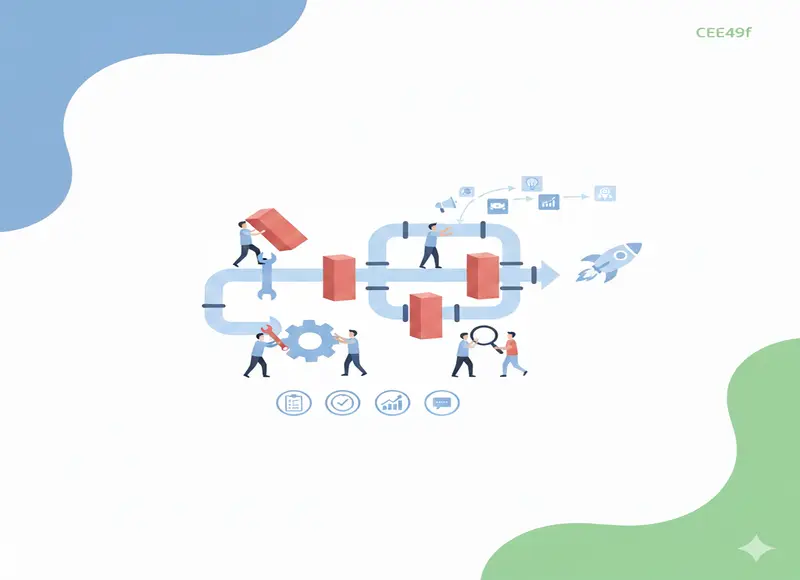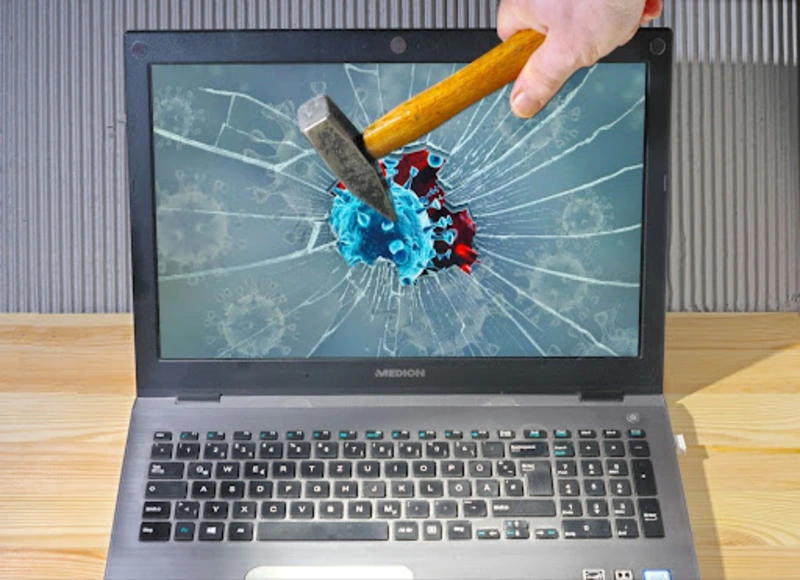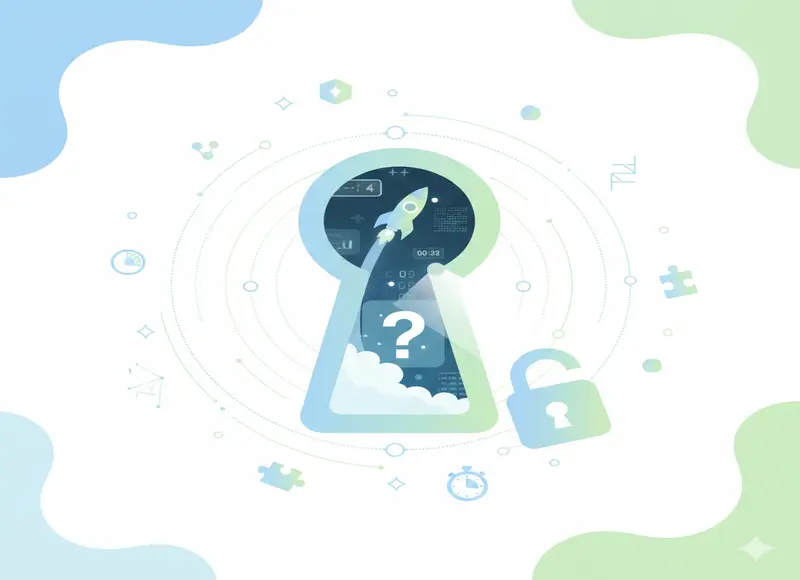Table of Contents
Discover how today’s game art blends technology, creativity, and emotional storytelling. From AI-assisted workflows to hybrid visual styles, see how studios shape immersive worlds and redefine modern game development.

The gaming world doesn’t sit still, and neither does game art. What used to mean “good graphics” now represents a much deeper blend of mood, storytelling, and emotional expression. Today, technology is not just a support tool—it has become part of the artistic process itself.
Faster software, shared real-time workspaces, and more intuitive engines have transformed how artists work and how quickly ideas turn into something players can experience. What once took days of technical preparation now unfolds with a natural flow, making creativity more accessible than ever.
How New Tools Are Changing Game Art Studios
Walk into a game art studio today and you’ll notice a very different rhythm compared to a few years ago. Artists still sketch, sculpt, and paint—but now they do so with a layer of AI quietly assisting in the background. These systems automate tasks such as lighting setups, texture passes, or early 3D drafts, allowing teams to focus on atmosphere, narrative, and stylistic direction.

Image source: Kevuru Games portfolio
Interestingly, automation didn’t make the workflow colder or more mechanical. It had the opposite effect. With repetitive steps handled efficiently, artists have more room for experimentation—testing new color palettes, bold silhouettes, stylized animation choices, or unique rendering approaches. The tools may be smarter, but the art feels more human precisely because creators have more freedom and time to explore.
Beyond speeding things up, these tools also support collaboration. Teams can review concepts instantly, share revisions in real time, and maintain a consistent style even when working from different locations.
Real-Time Game Art Development
Real-time rendering has become the new industry standard. With engines like Unreal and Unity offering live visual feedback, artists can immediately see how light interacts with a surface or how shadows shift within a moving scene. This instant preview reduces guesswork and allows for much more fluid creativity.
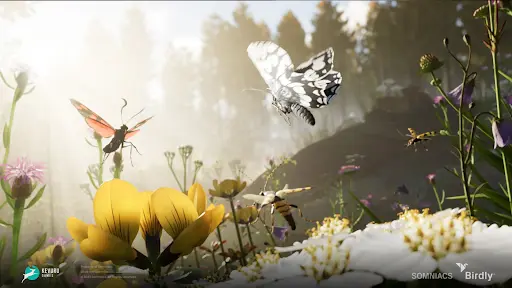
Image source: Kevuru Games portfolio
Inside a modern game art studio, animators, designers, and developers collaborate within the same shared environment. Long rendering queues are no longer a barrier. The workflow now resembles filmmaking—multiple creators responding to the same moment in real time, shaping the scene together. This improves both efficiency and cohesion, making the creation process more dynamic and immersive.
Emotion at the Core of Visual Design
In contemporary game design, visuals aren’t just decorative elements—they are the emotional backbone of the story. Every artistic choice matters: a character’s gait, the saturation of a sunset, or how fog rolls through a forest. Visual storytelling extends beyond what the player sees; it conveys feelings and sets the tone for the entire journey.
This is why animation has become central to narrative design. Animations are no longer simple loops but reactive systems that adapt to player movement, environmental conditions, or emotional states. A character’s posture might shift subtly when injured, relaxed, or afraid. These small touches form a quiet revolution—one that makes modern games feel alive, responsive, and deeply personal.
Personalization and Style Adaptation
Another major shift in game art development is adaptive visual design. Games can now adjust their aesthetics based on player behavior, device performance, or platform-specific needs. A game art company might create flexible color palettes, scalable textures, or dynamic lighting systems that respond to gameplay choices or progression.
This ensures that artistic quality remains consistent whether someone is playing on a high-end PC or a compact mobile device. More importantly, it allows studios to craft experiences that feel tailored—not just optimized. Players may notice subtle stylistic changes that reflect their decisions, making the world feel uniquely their own.
Smarter, Leaner, and More Sustainable Production
Efficiency has quietly become a cornerstone of modern game art studios. Instead of rigid, linear pipelines, teams now work in small, agile groups supported by cloud-based tools. Asset libraries, version control systems, and virtual workstations help reduce time spent on repetitive tasks and eliminate unnecessary duplication.
Render farms are optimized, and assets are shared across multiple projects, cutting down on both production waste and hardware demands. This learner approach not only boosts productivity but also supports environmental responsibility. With fewer physical servers and smarter resource management, studios naturally reduce energy consumption and digital clutter.
Global Collaboration as the New Normal
Game development is more international than ever before. Artists, animators, and designers work from different time zones, connected through real-time collaboration tools and cloud-based project spaces. A single project may include contributions from dozens of cities around the world, each bringing a unique cultural perspective.
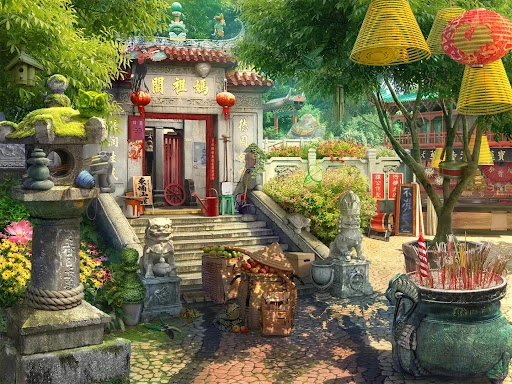
Image source: Kevuru Games portfolio
This global mix enriches the creative process. Diverse artistic traditions, color theory approaches, and narrative influences merge into something new—something distinctively global. The industry stays fresh because creativity is no longer confined to one region, style, or mindset.
The Rise of Stylized and Hybrid Visual Directions
As tools become more flexible and artists gain more freedom, a new trend has been growing across studios: the blending of stylized and realistic art. Instead of choosing between hyper-realism and cartoon aesthetics, many teams now explore hybrid visual directions that mix expressive shapes, bold lighting, and detailed textures in fresh ways.
This approach gives developers more control over how a world feels rather than how literally it reflects reality. Stylized realism can highlight emotion, guide player attention, and establish identity far more effectively than photoreal visuals alone. It also makes production more efficient, since stylized assets age more gracefully and require fewer resource-heavy details.
Hybrid styles offer the best of both worlds—believability supported by artistic exaggeration—which is why this visual approach is quickly becoming a hallmark of modern game art.
The Future of Game Art
Game art development today blends imagination with technology more seamlessly than at any point in the industry’s history. Artists still lead with vision, but now they have smarter tools, faster workflows, and broader collaborative opportunities. Whether it’s an intimate indie project or a vast AAA world, every game art studio contributes to shaping how digital universes feel, move, and breathe.
The future of game art isn’t just about bigger effects or higher resolution. It’s about crafting experiences that resonate—worlds that stay with players long after the screen fades to black. And as tools continue to evolve, the heart of game art remains the same: creativity, emotion, and human storytelling brought to life through design.
Recent Blogs
How to Eliminate Bottlenecks in Your Marketing Agency Project Management Process
-
11 Dec 2025
-
7 Min
-
117
Cybersecurity in the Public Sector: Challenges, Strategies, and Best Practices
-
10 Dec 2025
-
9 Min
-
170
Launch visuals Unlocked: How Teaser Graphics Build Suspense Before The Big Reveal
-
10 Dec 2025
-
6 Min
-
203

